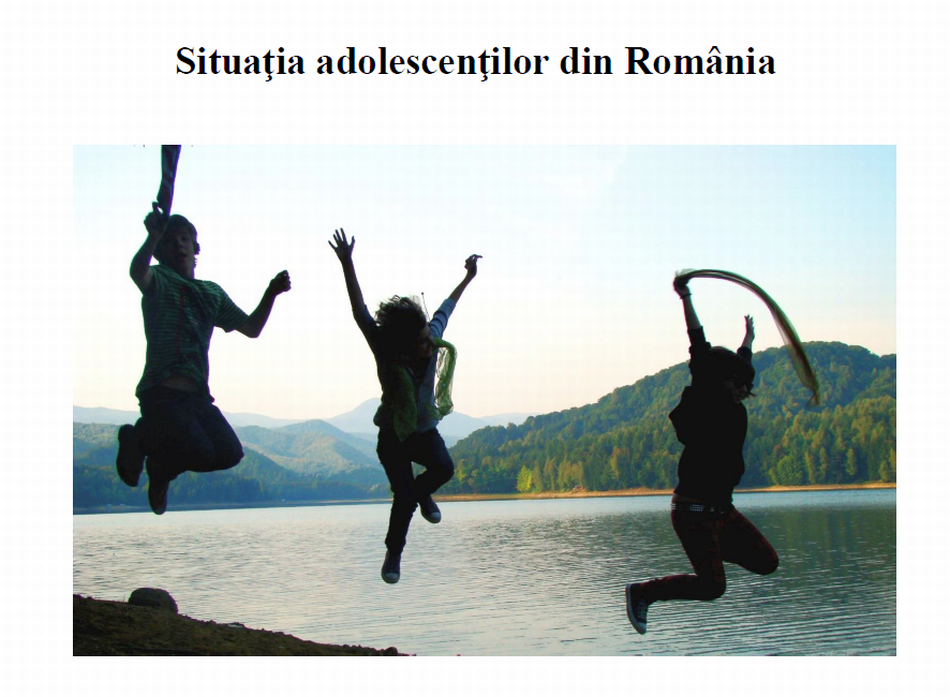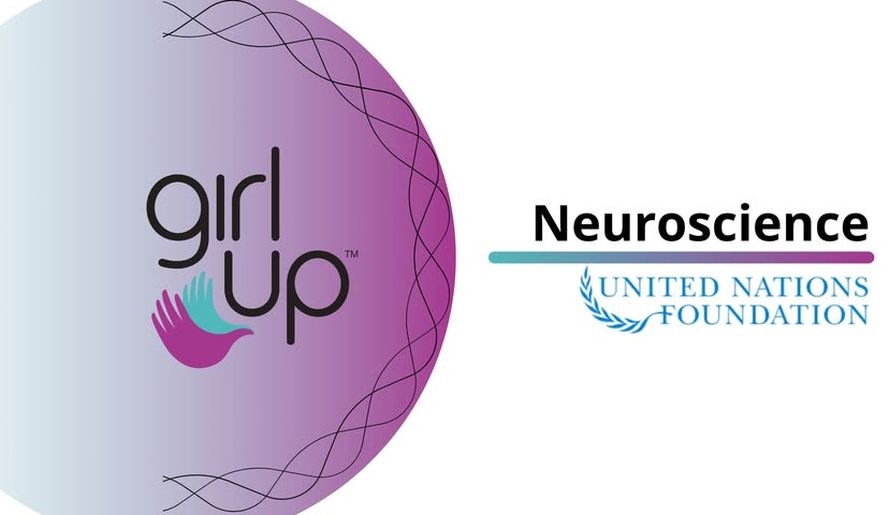Youth Problems in Romania
According to statistical data about 2 million teenagers are currently living in Romania but little is known about their psychological profile and expectations from the society they live in. Usually they are considered either kids, or young people and are

Christine Leșcu, 16.10.2013, 13:07
This is one of the conclusions of the study “The Situation of Adolescents in Romania” made under the aegis of the UNICEF by the Romanian Center for Urban and Regional Sociology (CURS) and the Institute of Education Sciences. The study focusing on the 10 to 18 year age bracket reveals the adolescents’ cultural preferences, their problems and vulnerabilities.
The number of adolescents that have drunk alcohol at least once in their life is very big indeed, but there are a few differences between the rural and urban areas and also between boys and girls. Sociologist Ionela Sufaru with the Romanian Center for Urban and Regional Sociology tells us more about it:
Ionela Sufaru: “The number of boys who drink alcohol is twice as big as that of girls. In the rural areas the quantity of alcohol adolescents use to drink is double the amount consumed by adolescents from the urban areas. 23% of adolescents answered they smoked cigarettes at least once in their life, while the number of girls who answered positively is half the number of boys. It’s worth mentioning that the number of smokers in towns and cities is by 10% bigger than in villages. As far as illegal drugs are concerned almost 4% answered that at a certain point in their lives they tried it. When it comes to the 14 to 18 year age bracket this percent stands at 5.4% with 7.4% in the urban area alone. Most adolescents started drinking and smoking at around 14 years and a half. For drug users the time of initiation ranges from 11 to 15 years. “
This type of risky behavior is usually triggered by the adolescents’ estrangement from their families starting at the age of 14, their exposal to the aggressive campaigns for alcohol and cigarettes and the easy access to these substances. A risky sexual behavior is another category considered by the authors of the aforementioned study:
Ionela Sufaru: “15% of the adolescents interviewed had already started their sexual life, boys twice as many as compared to girls and most of them from urban areas. Girls are more cautious than boys, more stable in a relationship and more careful when it comes to using a condom. Unfortunately 16% of the adolescents never use condoms. Most boys had their first sexual experience at around the age of 15.”
Apart from identifying the main weaknesses of teenagers, the purpose of the study was to make certain recommendations on behalf of UNICEF so that teenagers’ rights should be observed and protected as best as possible and that the community should provide them with all the support they need.
The Romanian Minister for Youth and Sports, Nicolae Banicioiu, pleads for raising the awareness of the youth, while acknowledging the seriousness of some of the problems facing Romanian young people today.
Nicolae Banicioiu: “Most of the efforts we devote to young people include activities aimed at preventing the use of drugs, alcohol and forbidden substances. Moreover, apart from NGOs working in this field, we want to carry on our partnership with the National Anti-Drug Agency. All the actions of the Ministry of Youth and Sports, and by that I refer to students’ camps and vocational activities, were conducted in the presence of Anti-Drug specialists, who were there to conduct awareness-raising and prevention activities. Moreover, we do our best to promote a healthy lifestyle among school teenagers, given that this is the perfect time to learn such things”.
Apart from awareness-raising campaigns, authorities also need a closer dialogue with teenagers. Despite the inherent troubles associated with their age and social backgrounds, teenagers seem willing to communicate with those who are open to listen to them without making judgments.






























